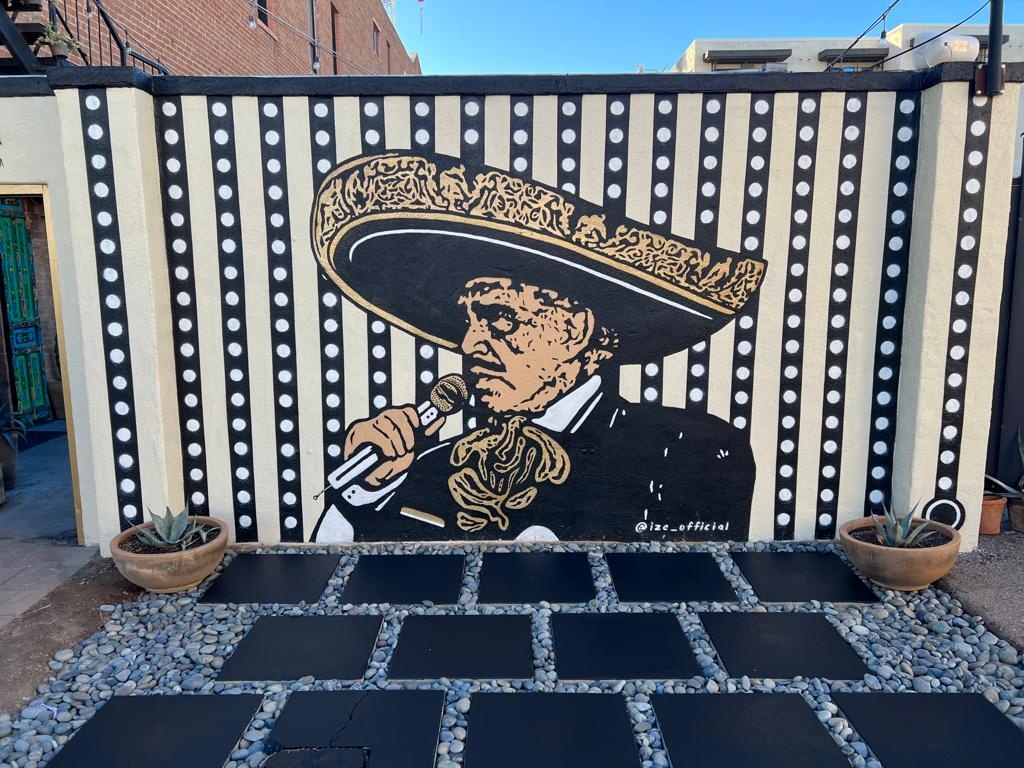Art of Barcoa
Please, click on the title of each art piece to find out the story behind the art.
Mayahuel and her 400 Drunken Rabbits
Hang around an Agavaria long enough, and you'll undoubtably hear the Aztec legend of the 400 Rabbits. A mythical tale about mischievous characters who show up whenever people drink agave. Here's our take on these canejos. Patecatl, god of medicine, fertility, agave and the discoverer of peyote, had a drunken fun night with Mayahuel, goddess of alcohol and fertility and the personification of agave, that resulted in her birthing the Centzon Tōtōchtin — 400 rabbits. Being a goddess and all, good ole fashioned breast milk wasn't enough for Patecatl. She nursed her little ones with pulque, the fermented nectar of the agave plant, from her 400 nipples, yes 400 nipples for 400 rabbits. These little rabbit gods were given a serious responsibility: guard and protect all agave-based spirits (i.e. tequila, mezcal, sotol, etc.). However, being immature little fuckers, they decided to drink the very spirits they were sworn to protect and pretty much became the town drunks. So these rabbits grew up to be mischief-makers. Legend has that each rabbit represents a state of drunkenness, look closely and you can find a few rabbits being naughty. Here's to drinking our agave spirts and allowing a mythical rabbit to inhabit your soul with a bit of mischief.
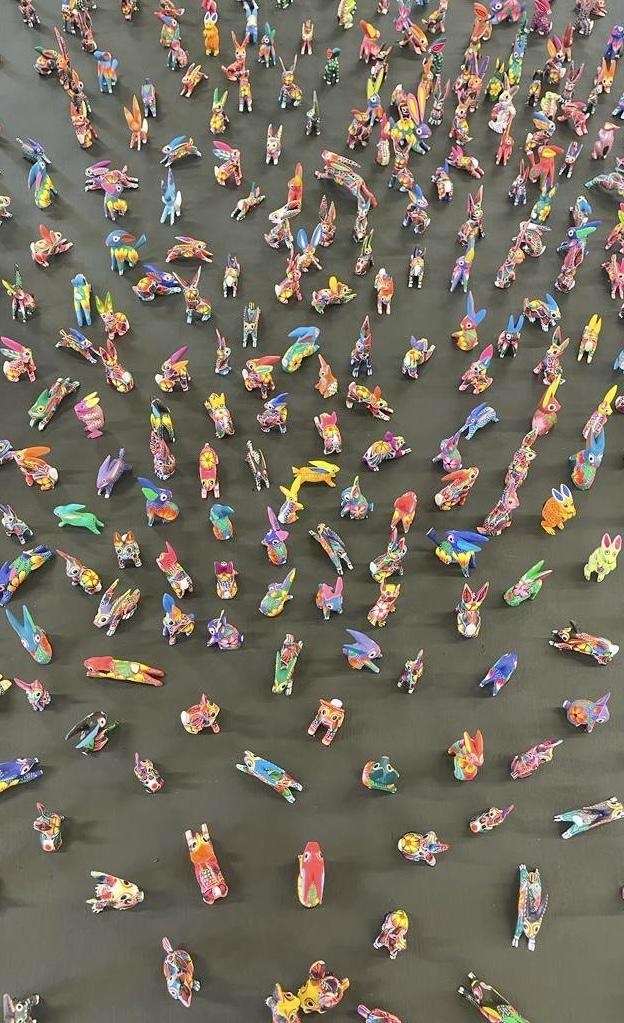
Original 1960's Lucha Libre Movie Posters
Lucha Libre, or Luchador, films were very popular in the 1960's. The low-budget films were quick to produce and were instant fan favorites. There were over 150 films made between 1960 and 1975! Two of the most famous luchadores are El Santo and Blue Demon. Original movie posters like these once lined the streets of Mexico in hopes of brining people to the theaters to with action-packed, choreographed fist fights on the big screen. Many famous Lucha Libre movies are available to stream online through on pantaya.com/es!
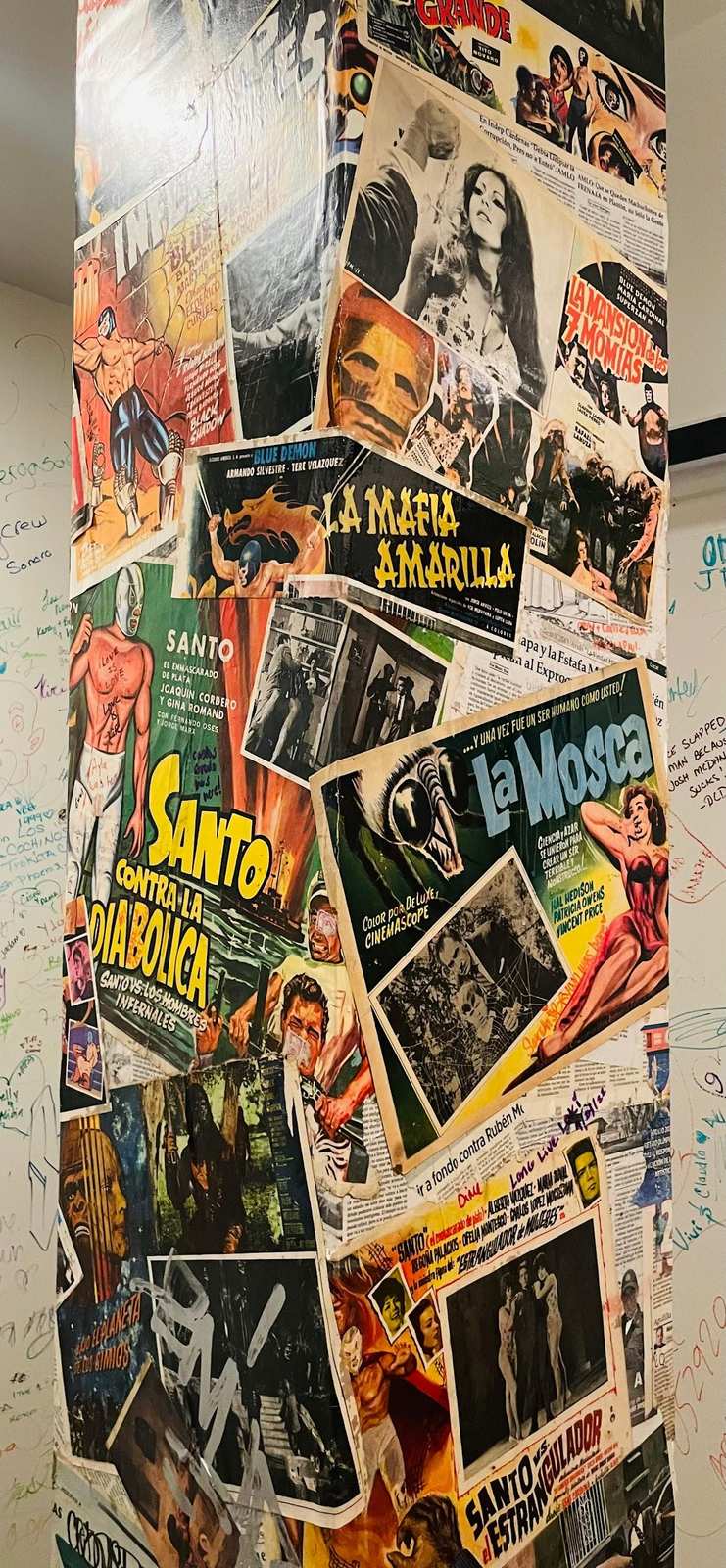
Horno 829 Door
After painstakingly scraping layers of old paint off this original metal door, we noticed an uncanny resemblance to a horno door you would find at a tequila distillery in Jalisco, Mexico. Hornos, (ovens) are traditionally used to cook the heart of the blue agave prior to fermentation. The fruit of the agave plant is steamed in an above-ground oven which allows the fruit to become soft, sticky, and sweet. Spawk, a local lettering artist painted the door with 829 paying homage to our historic building.
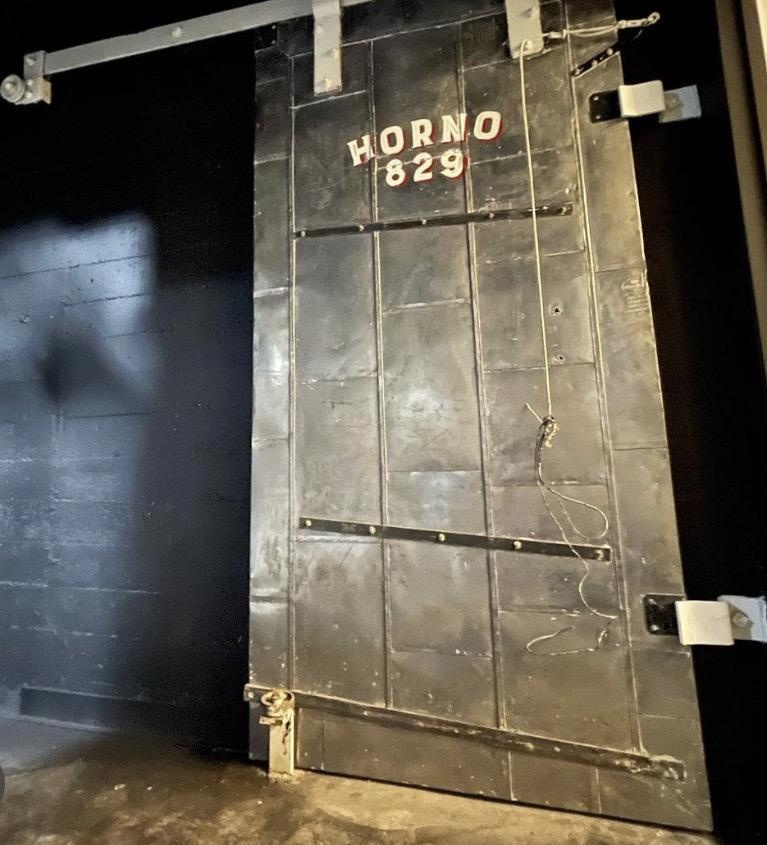
Alebrijes
Alebrijes were originally created by artist Pedro Linares. They are brightly colored Mexican sculptures of fantastical creatures. Alebrijes are thought to scare away bad spirits by offering protection. Traditionally, alebrijes are carved from copal, a wood found in the Oaxaca Valley that is believed to be magical. All alebrijes are painted with bright, colors in complex patterns. In other words, the OG spirit animal.

Parota Wood
Parota wood, or Guanacaste, is primarily grown in Mexico and Central America. Known for its large dimensions and distinct grain patterns, the Parota tree is sometimes called the elephant ear tree. Parota trees can grow up to 100 ft tall and 8 feet in diameter! Parota wood is common in reforestation projects as it is a highly sustainable resource! Barcoa is doing its part to help Mother Earth!

Acapulco Chairs
Legend has it that a French tourist was visiting Acapulco, Mexico in the '50s and was uncomfortably hot atop a solidly-constructed chair in the Mexico sunshine. Inspired by the open string construction of traditional Mayan hammocks nearby, he designed a chair fit for the modern tropics.Whether or not this is true, the Acapulco chair was first produced in the '50s, and quickly became popular in Mexico. Usually made of vinyl cords on a metal, slightly pear-shaped frame, the Acapulco chair has most commonly been used as outdoor lounge seating, in bright, tropical colors. Fun fact, if you like these chairs, we know someone who knows someone that can get you one or two. Just ask your friendly bartender!
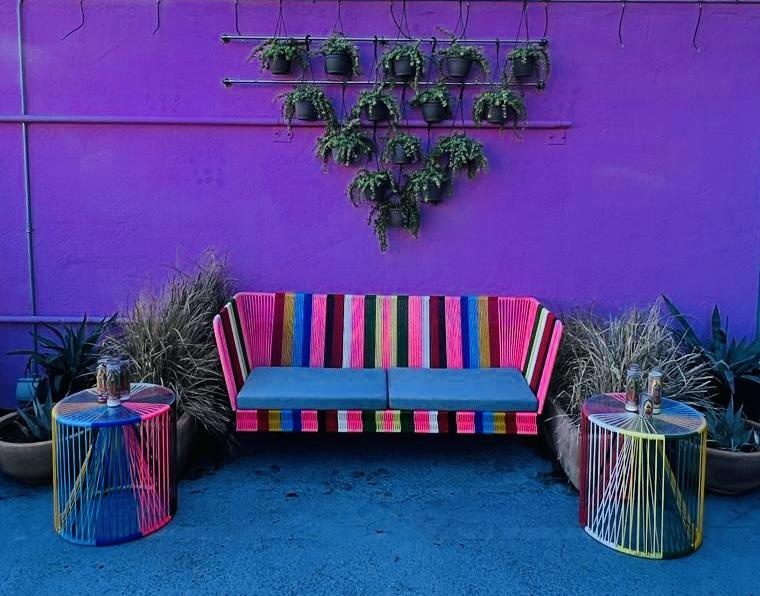
Huichol Beaded Cow Skulls
The artwork of the Huichol is known for its vibrant color and intricate detail. The Huichol cultural traditions weave together the ancient symbology and are magnificently materialized on the surface of an authentic bull skull. This ancient art form is deeply rooted in the traditions of their ancestors of the Sierra Madre region of Mexico. On a typical bull skull, over 30,000 beads are placed one-by-one over a layer of a beeswax and pine tar mixture which acts as a natural adhesive. For all images, all designs, they have one virtue: storytelling.
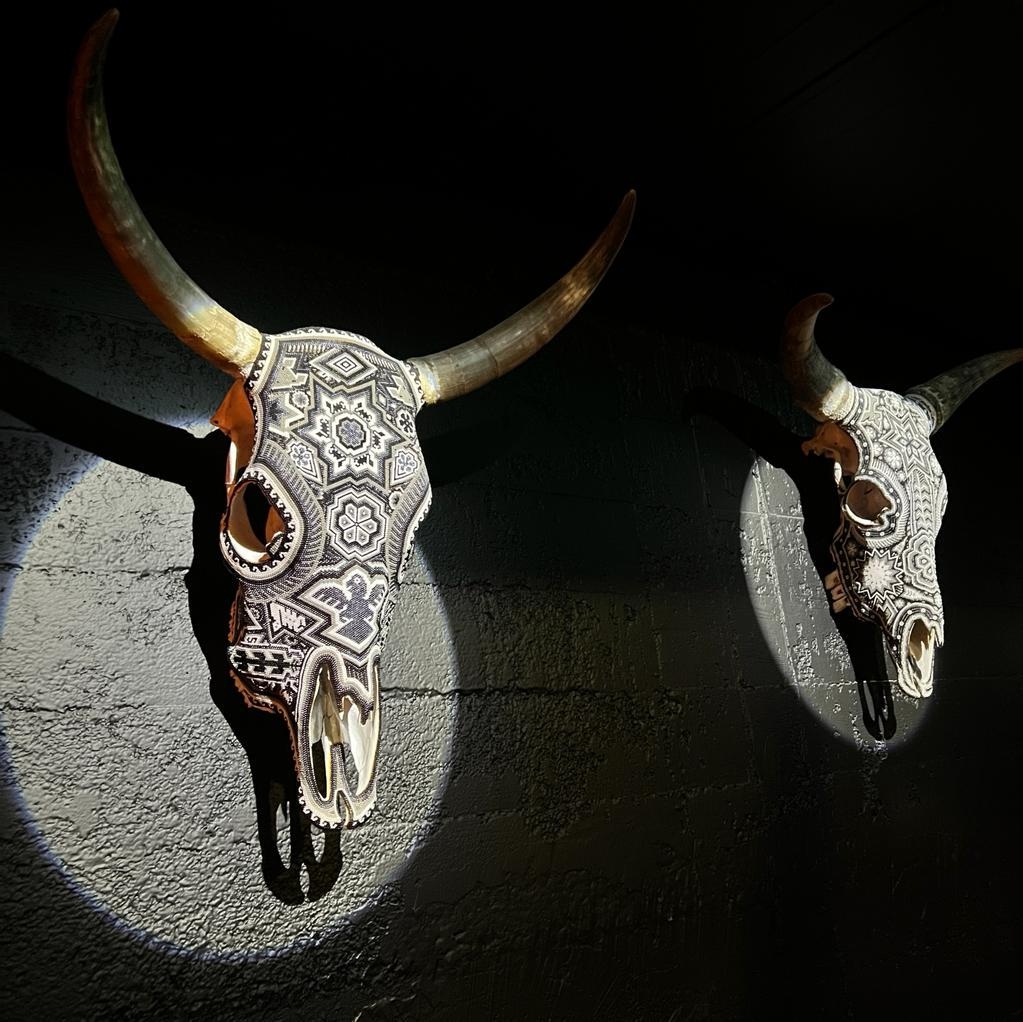
Bathroom Doors
The bathroom doors in BARCOA are from old schoolhouses, ranches, and offices in Jalisco. The blue door is from the late 1800s from a ranch just outside of Tequila. The Glass windowed door is from a schoolhouse from the 40's. The other doors around the bar were found in roadside sales, antique markets and random shops in Jalisco. Even our bathrooms are adorned with authentic Jalisco charm.
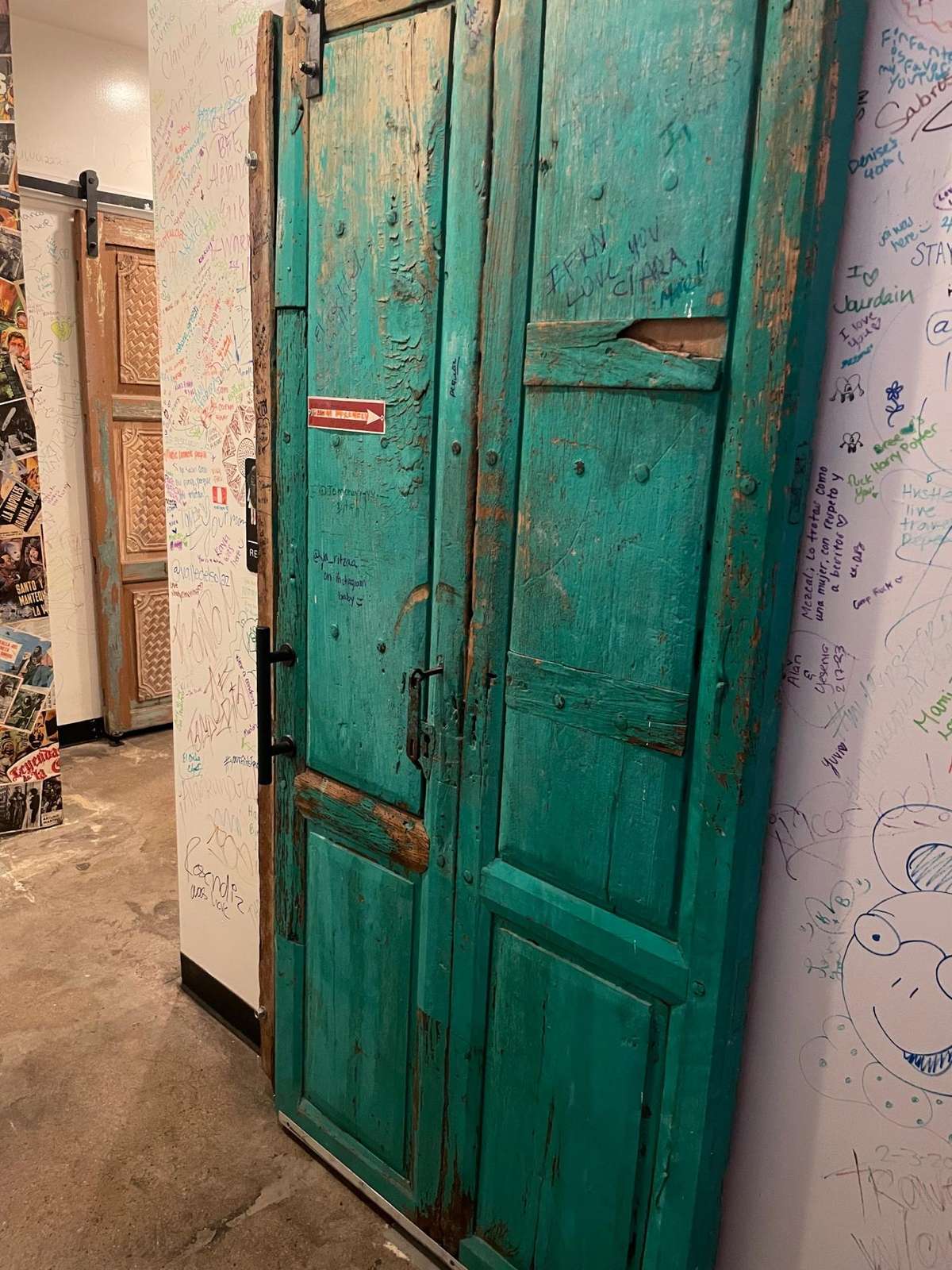
Tile
The tile found throughout BARCOA is from Studio Victoria, in Tonala, Jalisco. Studio Victoria is Paulina Martinez', our architects, tile company. Paulina is an architect, interior designer, and tile designer from Mexico. Paulina designed the tile in BARCOA and it was handmade at her studio. They make the tile the original way, without the use of electricity or gas! Each cement tile is painstakingly handmade and unique and can be ordered in a multitude of shapes, colors, designs. www.studiovictoria.com.mex
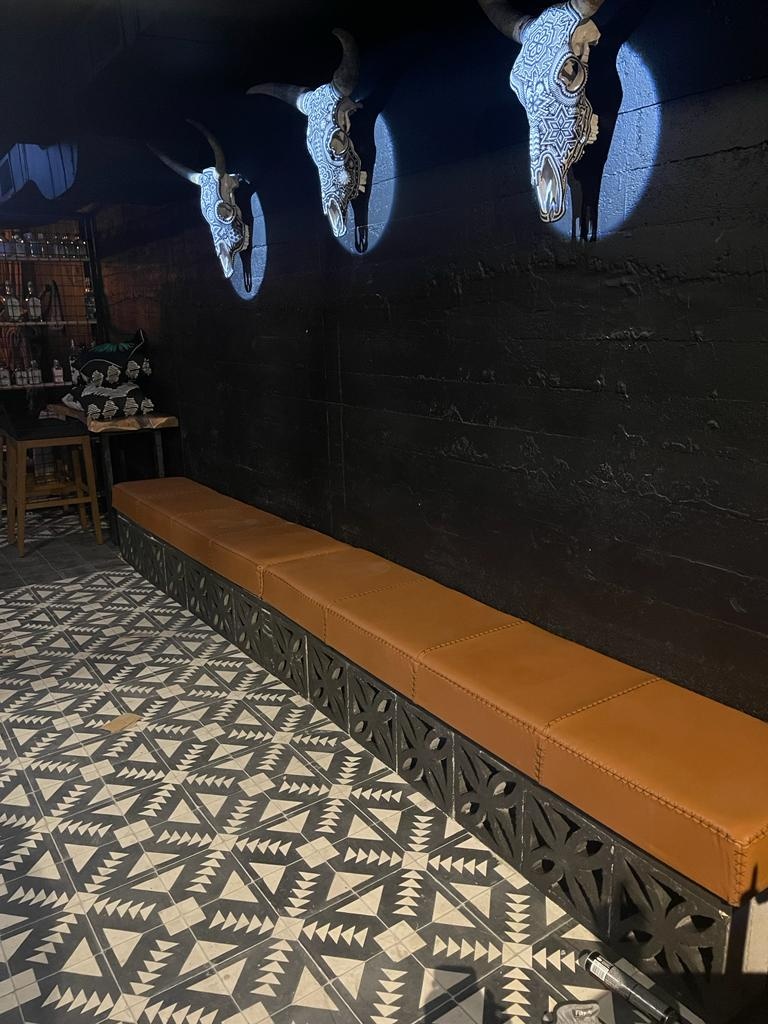
Sinks
The restroom sinks are made from volcanic rock from the Tequila Volcano, or Volcan de Tequila. The Volcan de Tequila is 9,580 feet above sea level and is the fourth tallest in Mexico. When the volcano erupted (roughly 200,000 years ago), the lava flowed over current-day Tequila. It is thought that the soil was enriched due to the lava, and that is the reason blue agave thrives in the area. This type of lava rock is also used in Molcajetes, a popular dish served in Jalisco.

Map of Mexico
The Map of Mexico regions of Mexico that produce the variety of agave spirits. The map was painted by a local graffiti artist known for pinstriping, typography and lettering, Spawk. Check him out at: www.spawk.co

La Morena
Check out the artist of this painting, La Morena, at: www.lamorenaart.com Recently featured as the Visual Artist whom worked in collaboration with the NFL to design the Super Bowl LVII ticket. Her work features symbols that represent key parts of Indigenous culture.
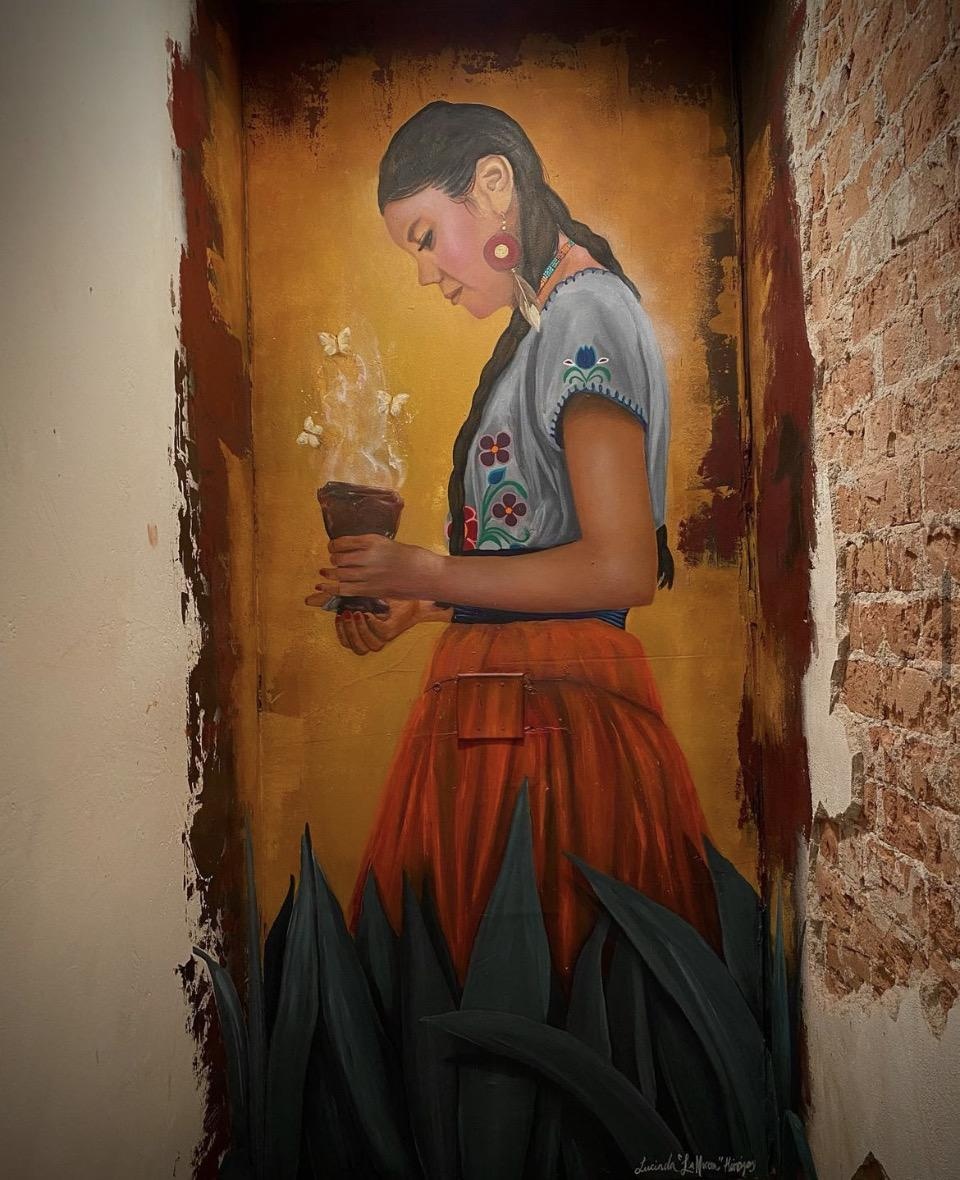
Tato Caraveo
Check out the artist, Tato Caraveo, at: www.tatocaraveo.com
Fine art + muralist
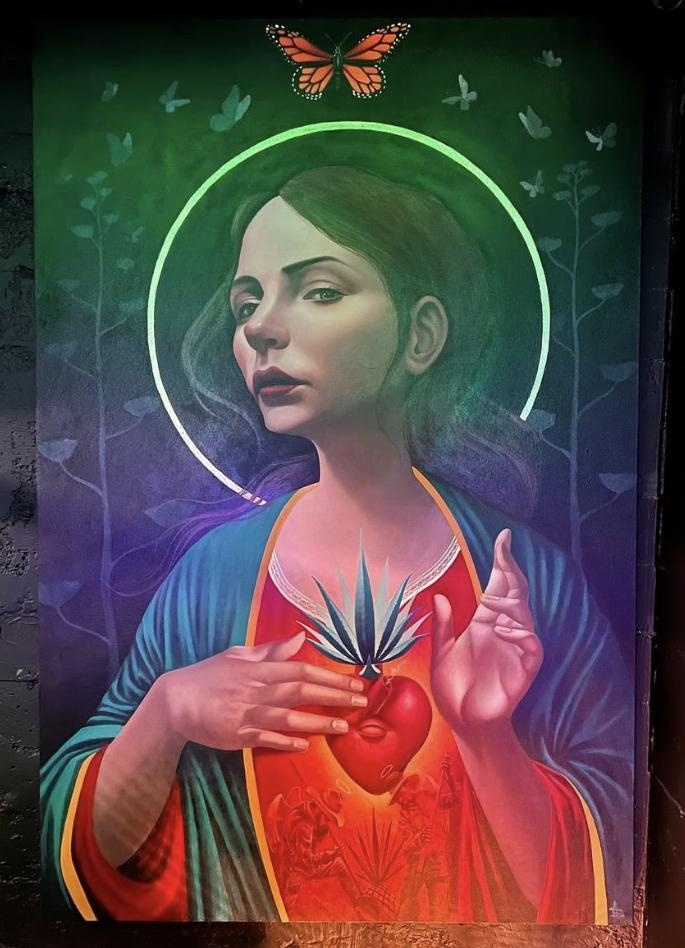
Ize
Check out the artist, Ize at: www.izeaart.com
Chilango Artist
